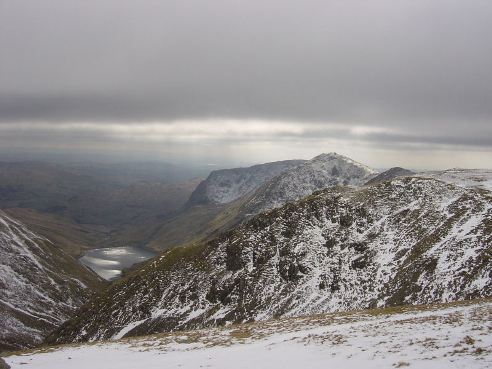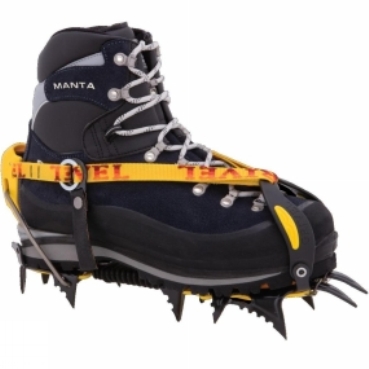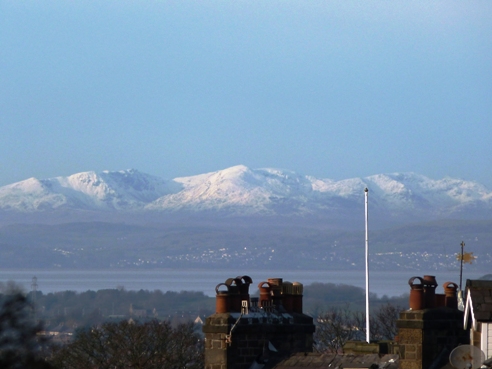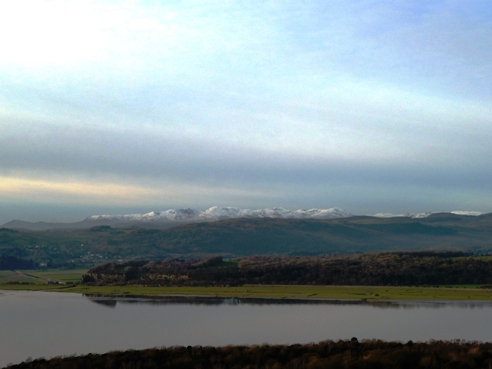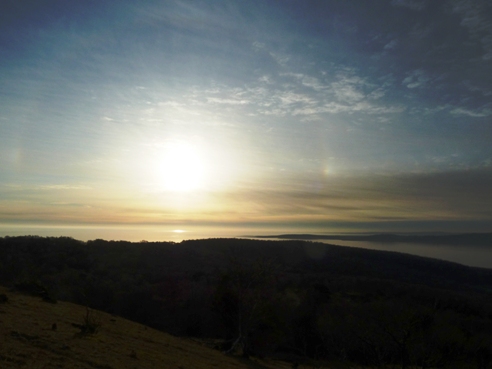
Barefoot on Striding Edge and Helvellyn
An old friend once told me story of how she was crossing Striding Edge with Doug Scott. He was wearing trainers at the time and a passing woman berated him for wearing such inappropriate footwear in the mountains. She had no idea who she was talking to as the man who once descended the Ogre with two broken legs removed his trainers and continued in his bare feet without so much as a word in reply. This story has always brought a smile to my face and I was happy to find my own bare feet carefully feeling their way across the ridge on a cold and misty day.
I was walking with Lewis on his first mountain day since two knee operations after badly tearing his cruciate ligament. He was walking much faster than me on the sharp stones of the farm track that leads onto the fell side from Glenridding, so I put my trainers back on for a short section and removed them when we reached the smooth stones of the well-made footpath. It was good to feel the cold, wet rock under my feet, which stayed reasonably warm with all the hard work they were putting in.

Reaching Striding Edge itself, barefoot progress became a game of concentration, precision and balance. Finding comfortable foot placements was tricky and once a foot settled into a workable place, I needed to keep the weight distribution just right so that the spiky protrusions underneath wouldn’t become too painful. It felt a little like slacklining and was completely absorbing when balancing across the most narrow parts of the ridge.
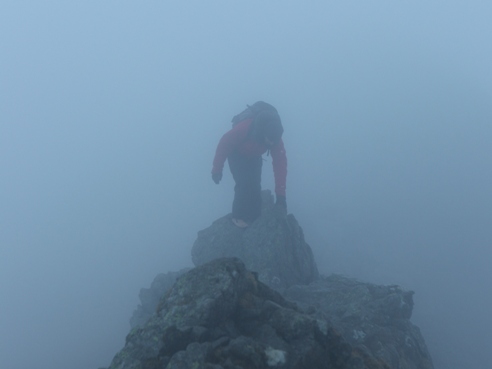
Negotiating a small, rounded snow cornice left over from earlier in the season was easy in the deep steps that had been cut by the passage of many boots and we were soon sitting in the lee of the wind on the chilly summit. With dusk approaching we felt the need to move a little faster so the trainers came back on for the journey home along Swirral Edge and back down to Glenridding.
Hurrying along the road for a pint in the Traveler’s Rest, I slipped on a wet and smooth section of tarmac in my trainers and landed with a bump. Come to think of it, the trainers had a down side as soon as they were back on my feet when we descended Swirral Edge: I noticed that the friction was much better in bare feet and my feet had been giving me an enormous amount of feedback as to how well they were sticking to the wet rock on Striding Edge. Once in trainers that feedback was removed completely.
There’s a lot to be said for connecting with the ground in your bare feet. Get out there an try it!
Thanks to Lewis for the photos!

